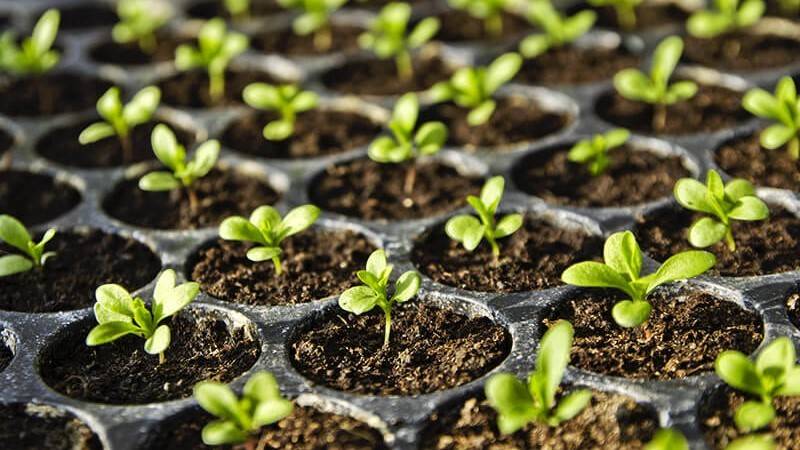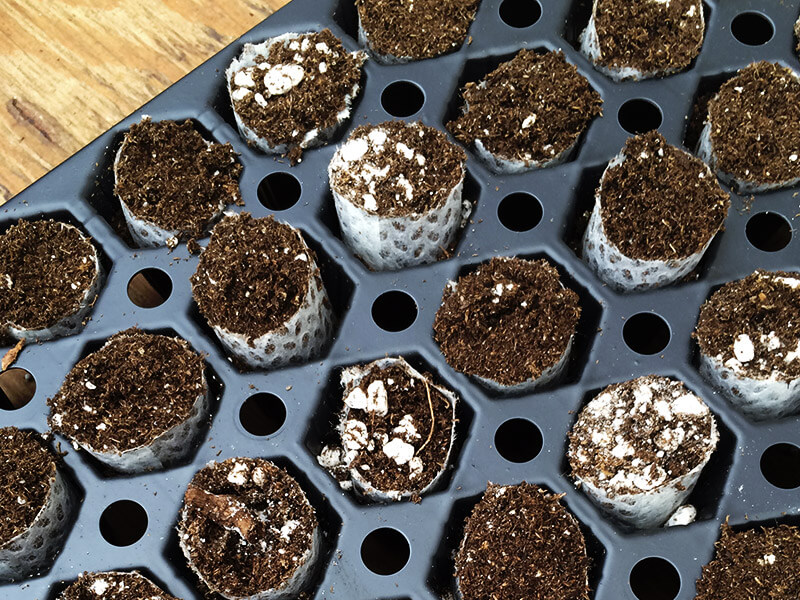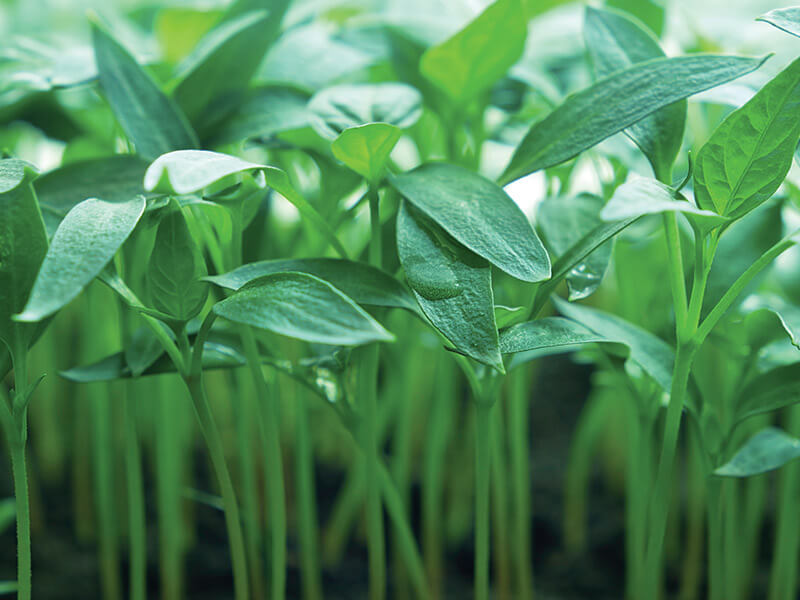10 Golden Rules for Seedling and Plug Production in Greenhouse


Germination and growing requirements for flowers, vegetables and herbs from seed can vary depending on the type of plant grown. With moisture, light, fertilizer and other considerations, many factors influence germination and subsequent quality of seedling growth. However, some common environmental growing conditions can be applied to all seedling crops to produce quality seedlings/plugs.
1. Prioritize a Growing Medium With Fine Particles for Seedling Production
There are many types of seed germination media available for seedling production. These products are composed of fine peat, perlite or vermiculite. Germination media formulated with fine perlite dry out a little faster than the ones formulated with fine vermiculite.
2. Take Seasons and Ingredients Into Account When Choosing a Substrate
Fine perlite germination media are ideal for winter and high humidity production, whereas those with fine vermiculite are ideal for late spring through early fall or in conditions where the growing medium dries out rapidly.
3. Use a Growing Medium Specifically Adapted for the Type of Crop You Grow
Also, consider the plant’s growth rate and susceptibility to root diseases. Tomatoes, lettuce, impatiens, marigolds, zinnia, basil, etc. may perform better in a fine peat-fine vermiculite germination medium while spinach, thyme, begonia, pansy, vinca prefer a faster drying fine perlite-fine peat germination medium.

4. Select the Right Plug Trays
Select plug trays or open flat trays depending on your seedling and transplant needs. Shallow plug trays hold more water throughout the profile of the cell. Deeper trays hold less water throughout the profile of the plug, therefore providing greater air space for developing roots. It is important to fill trays uniformly, taking care not to compress growing media into cells since this can result in uneven air space and water holding between cells causing uneven seed germination.
5. Ensure a Controlled Environment
Most seeds germinate well at a media temperature of 72-75 °F, although some crops do better at a cooler or warmer temperature. Check with the seed company for the optimum temperature for seed storage and seed germination. Maintain proper moisture content and minimize temperature fluctuations during germination.
6. Keep Your Seeds in a Humid Environment
The goal when germinating seeds is to keep continuous moisture near the seed. This can be tricky because too much water can cause the seed to rot as well as encourage algae growth and attract shore flies.
7. Post-germination, Decrease Moisture in the Growing Medium
Once the seed germinates and sends the radicle down into the growing medium, it is important to start reducing the amount of moisture maintained in the growing medium by decreasing mist frequency or frequency of boom or hand watering. Remember the wettest portion of a germination medium is at the bottom of the cell. If the growing medium is continuously saturated/overwatered and the cells are deep, a few roots may grow to the bottom of the cell due to lack of oxygen.
8. Allow Substrate Surface to Dry Between Waterings Once Roots Reach Cell Edges
Once the roots reach the sides and bottom of the cell, the surface of the growing medium needs to dry between waterings and misting should be discontinued. If the germination medium is predominately peat moss, then the surface of the growing medium should lighten to light brown when it is time to water. Humidity should also be reduced, and more airflow needs to be introduced to help produce harder, more compact growth.
9. Fertilize Seedlings at the Right Time
Most germination media come with a starter fertilizer charge, so fertilizer does not need to be applied until the first set of true leaves emerges. At this point, nutrients may have been used up or leached from the growing medium, so fertilizer should be applied as a continuous feed, starting at 25-50 ppm nitrogen, and then increasing to 75-100 ppm nitrogen before transplant.
10. Use a Suitable Fertilizer
The type of fertilizer used should be matched with the alkalinity of the water and the nutrients provided or not provided by the water. The Electrical Conductivity should be less than 0.75 mmhos/cm during the first few weeks and eventually end up at 0.75-1.25 mmhos/cm before transplant. The pH of the seedling medium should be 5.5-6.2.

Bonus: Opt for Value-Added Products to Facilitate Plant Establishment
Using a value-added growing medium with Bacillus makes it possible to produce stronger and more resistant plants. The Bacillus bacteria help to suppress plant pathogens that can cause damping-off during seed germination and plant establishment. This active ingredient helps to produce quality plants and to reduce seedling loss.
There are, of course, other variables to consider when germinating and producing seedlings, but these 10 key elements have the advantage of applying to all plants started from seed. By putting these basic tips into practice, it can help reduce errors and improve crop quality.